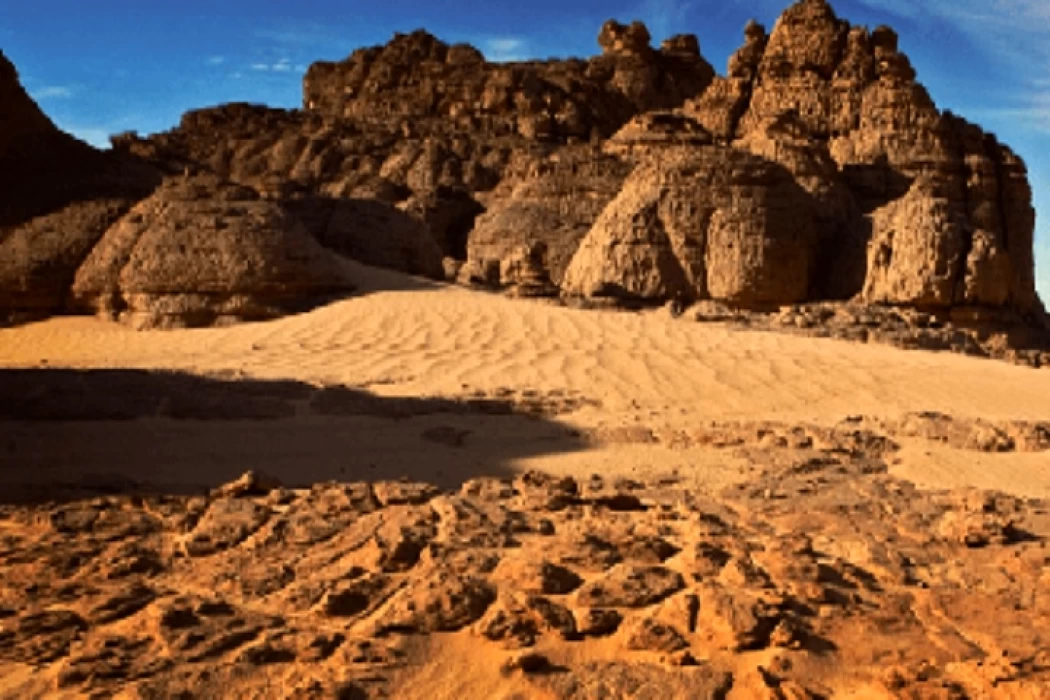
The Gilf Kebir | Wadi Hamra
The Great Gulf is a plateau located in a remote area of southwestern Egypt on the border with Libya and Sudan. Its area is 7770 square kilometers, approximately equal to the area of Puerto Rico. The plateau consists of limestone and sandstone. The plateau is famous for its geographical significance, drawings, and rock carvings depicting animal life and human settlements dating back to prehistoric times.
The Great Gulf has many valleys, including Wadi Al-akhs, Wadi Al-Bakht, Wadi Al-Diq, Wadi Algiers, Wadi Otah, Wadi Mashi, and Wadi WASA.
History
Desert rock inscriptions similar to those found in the Nile Valley were found in the area, indicating that the area was wet and then dried up in the mid-Holocene period, about 4000 BC. As the region dried up, its inhabitants were forced to emigrate, some of them migrated east to the Nile Valley, bringing with them their beliefs, which later influenced Egyptian art.
The big Guelph was the site of many British troop operations during the Second World War, and due to the very dry climate and sparse population, many of the troops' heirlooms remained there. A personal bag of a British pilot who worked in the region in the Second World War has been discovered.
It was announced in 2007 that the creation of the Great Gulf National Reserve would be with an area of 48,523 square kilometers.
Climate
The plateau is very dry and almost devoid of the airport, the geological Drought Index/drought percentage is more than 200, that is, the solar energy located it on the ground evaporates 200 times the amount of precipitation in it.
Latest Articles
Admin
Regin of Abbas I of Egypt | Abbas Pasha I
Abbas has been often described as a mere voluptuary, but Nubar Pasha spoke of him as a true gentleman of the "old school". He was seen as reactionary, morose and taciturn, and spent nearly all his time in his palace. He undid, as far as lay in his power, the works of his grandfather, both good and bad.
Admin
Story of Gabal Shayeb Al Banat - Red Sea Mountain
Jabal shayb al-banat is one of the Red Sea Mountains in the eastern desert in Egypt, located to the west of the city of Hurghada at a latitude of 27 degrees north and a longitude of 33.5 degrees east of the Greenwich line approximately, this mountain is the highest mountain peak in the eastern desert with a height of up to 2185 meters, it is a prominent mass of igneous rocks
Admin
Neper God Of Grain
Neper was the deity of grains, particularly cereals that were important in Ancient Egypt, such as wheat and barley. It was stated that he foretold when the crops would grow, be harvested, and disappear.
Admin
Badr Museum in Farafra
The Badr Museum is located in a mud building, which is the common home found in this medieval part of Egypt. All of the artwork that was created by the artist is quite unique. His work almost always depicts life in the Farafra Oasis and he provides the work through both painting and sculpting.
Admin
The Black Head Temple
The Black Head Temple is a small temple dedicated to the worship of the goddess Isis and was discovered in 1936, by chance, in the Black Head area, which is now located within the Mandara area of the Montazah district in Alexandria. This temple was moved from its original place to the Latin Necropolis in 1994.
Admin
The Queen Tetisheri
Tetisheri was the mother of Seqenenre Tao, Queen Ahhotep I, and possibly Kamose. For sure, she was the mother of Satdjehuty/Satibu, as attested on the rishi coffin of the latter. At Abydos, her grandson King Ahmose I erected a Stela of Queen Tetisheri to announce the construction of a pyramid and a "house" for Tetisheri.
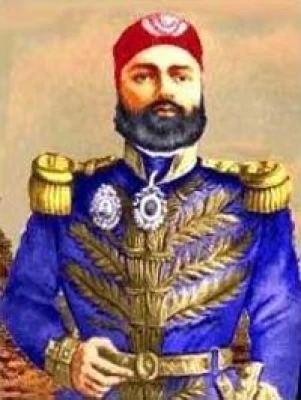
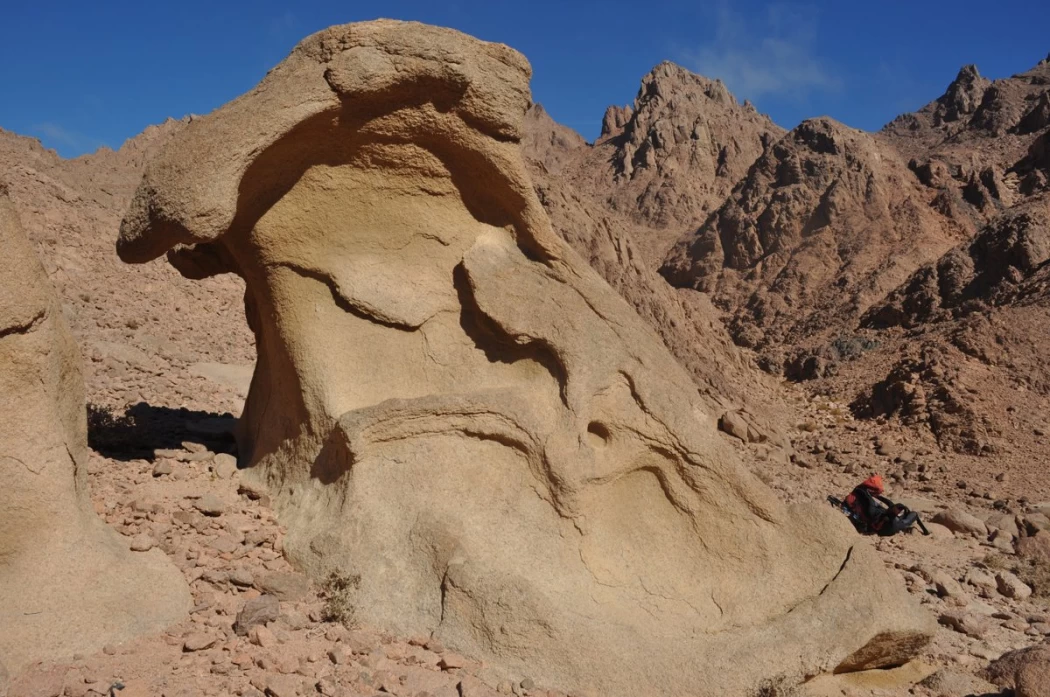
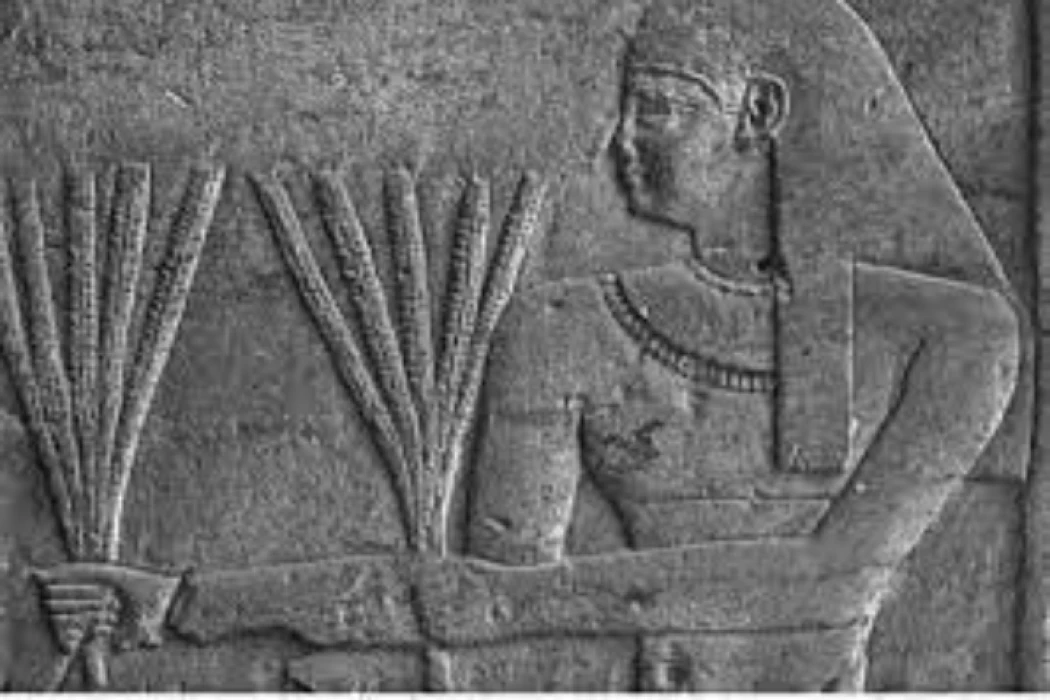
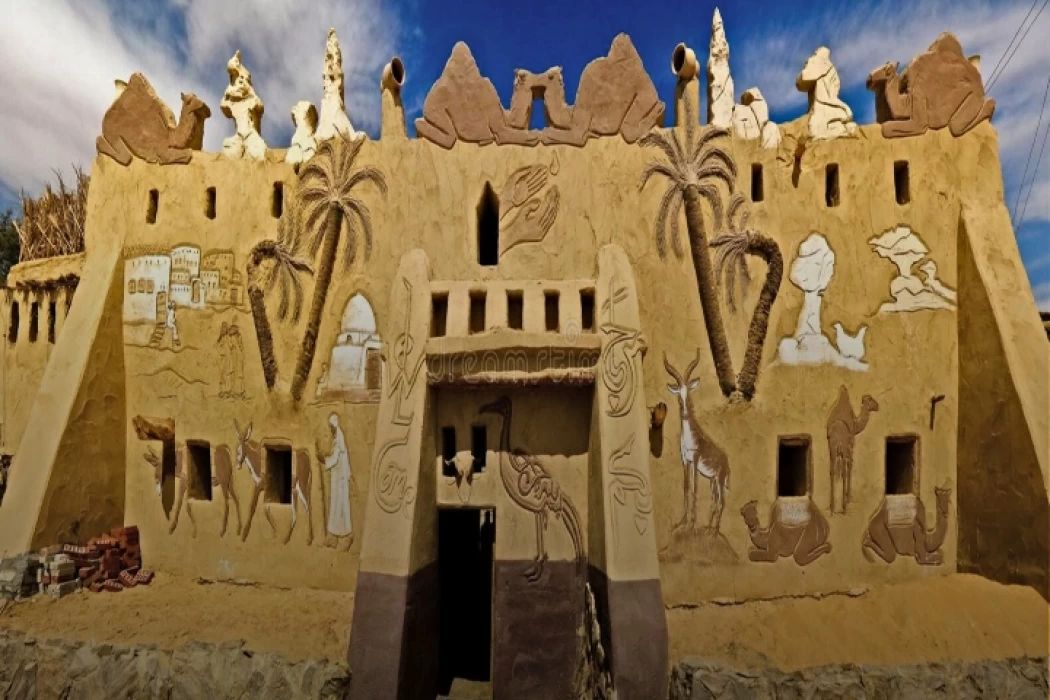
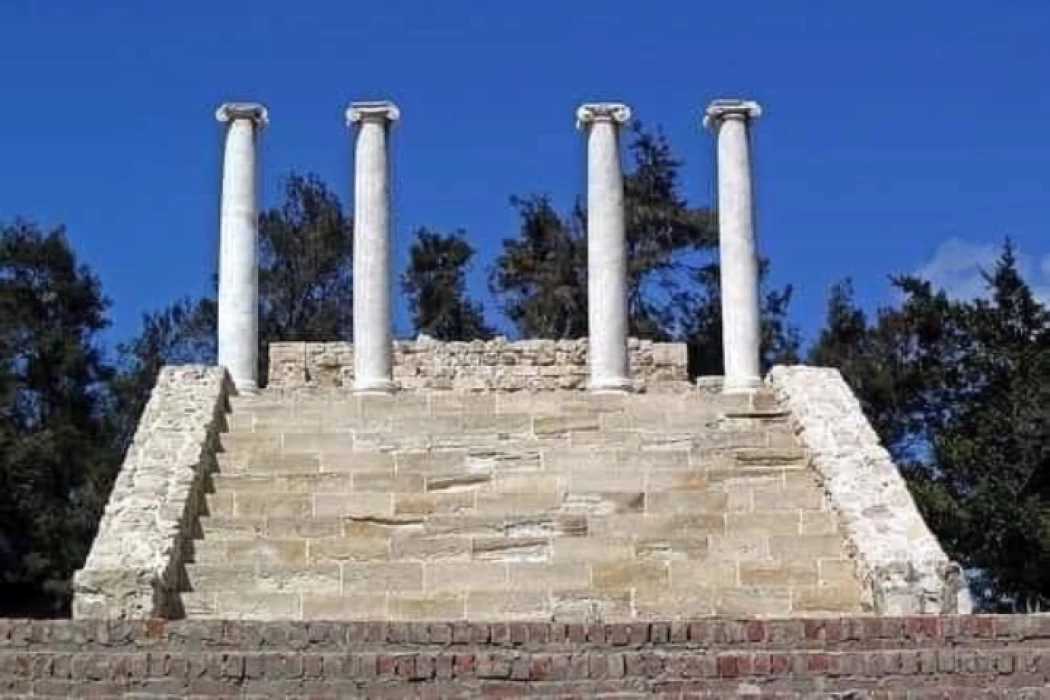

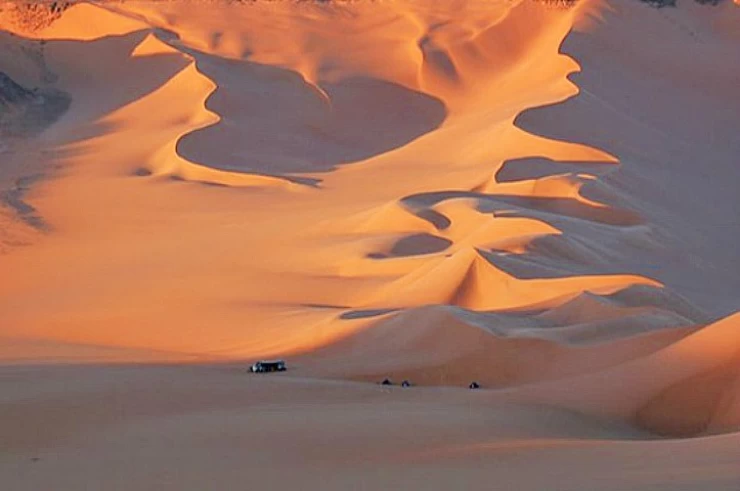

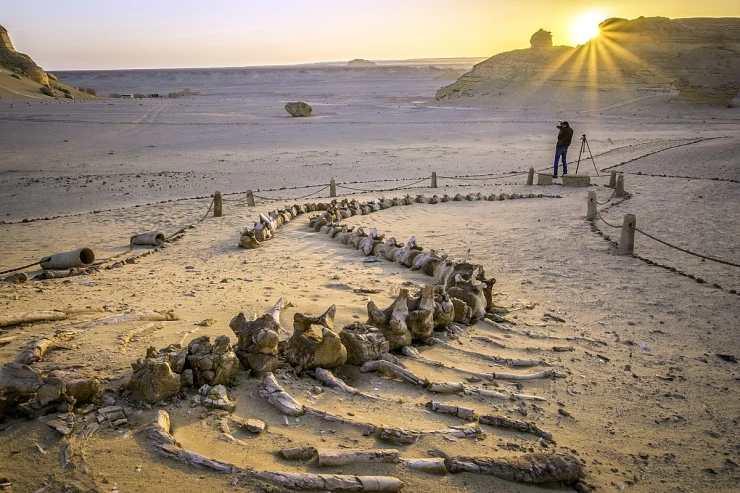
-webp.webp)







